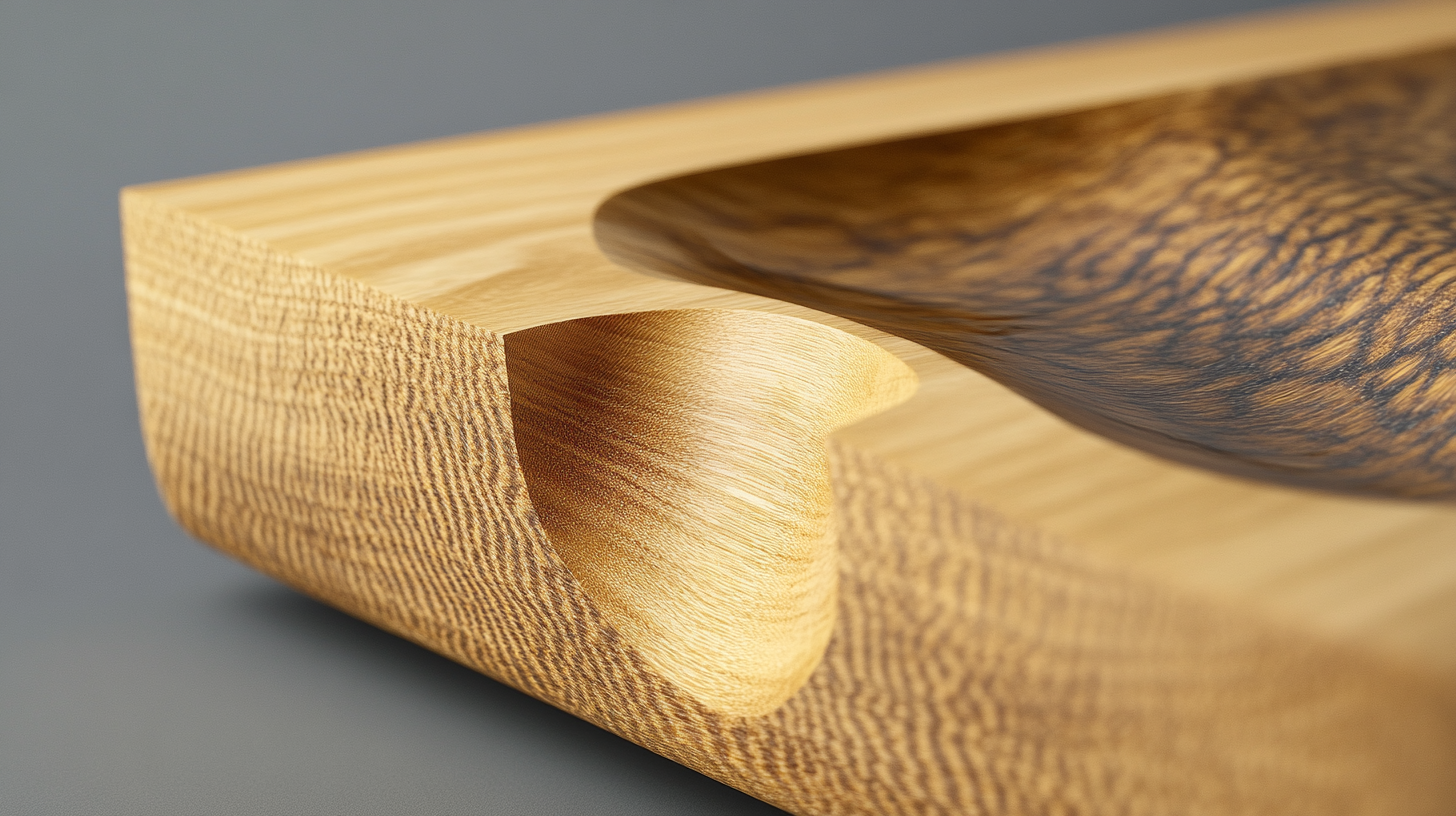


The adoption of Best Hollow Board Backing Plates has become increasingly relevant in various industries, particularly in manufacturing and construction, due to their lightweight yet sturdy characteristics. According to a report by Research and Markets, the hollow board market is expected to grow at a CAGR of 8.1% over the next five years, driven by rising demand for sustainable and efficient materials. However, the transition to Hollow Board Backing Plates is not without challenges, including cost implications, supply chain issues, and varying industry standards. Moreover, a study from the International Journal of Material Sciences indicates that while these materials offer superior moisture resistance and thermal insulation, their compatibility with existing processes and machinery often presents significant hurdles. Understanding these challenges is crucial for stakeholders aiming to leverage the benefits of Hollow Board Backing Plates while navigating the complexities of their integration into established systems.

The evolution of hollow board backing plate technologies has seen remarkable advancements, yet challenges remain prevalent in their widespread adoption. Innovations in material composition and structural design have made these backing plates more efficient, lightweight, and cost-effective. They are engineered to meet the demands of modern applications, providing enhanced durability and performance. However, implementing these improvements often requires significant changes in manufacturing processes and supply chain logistics, which can be daunting for many companies.
Furthermore, the complexities of installation and compatibility with existing products pose another hurdle. For instance, during recent product evaluations, the installation experience revealed varying levels of user-friendliness across different brands and models. Such discrepancies can deter engineers and technicians from adopting the latest technologies if they fear a complicated setup. As the industry moves forward, addressing these installation challenges and enhancing product integration will be crucial for promoting the benefits of advanced hollow board backing plate technologies.

The adoption of best hollow board backing plates presents numerous advantages that make them an appealing choice for various applications. One of the key benefits is their lightweight yet durable nature. This combination allows for easier handling and installation, significantly reducing the overall labor costs associated with projects. Additionally, their resistance to moisture and chemicals ensures a longer lifespan, which is a critical factor for businesses looking to minimize maintenance and replacement expenses.
Moreover, incorporating hollow board backing plates can enhance design flexibility. Their ability to be customized into various shapes and sizes means they can adapt to unique project requirements, making them suitable for a wide range of industries. The recent launch of innovative projects, including games and interactive experiences, highlights the creativity that these materials can inspire. As more companies recognize the potential of best hollow board backing plates, they are likely to lead to new, exciting applications that capitalize on their unique properties.

Implementing hollow board solutions can present a variety of challenges for businesses looking to embrace more efficient and sustainable practices. One common issue is the initial investment cost, where companies may struggle with budgeting for high-quality materials and equipment needed for effective adoption. This can often lead to hesitance in making the transition, as organizations weigh the long-term benefits against short-term financial implications.
Another challenge lies in the technical expertise required to optimize the use of hollow board materials. Without the proper training and knowledge, teams may find it difficult to fully leverage the advantages of these innovative solutions. To combat this, it's essential to invest in training programs that educate team members about the production processes and best practices associated with hollow board implementation.
**Tip:** Create a dedicated task force that focuses on hollow board solutions. This group can drive research, development, and training efforts, ensuring that all employees are on the same page and fully equipped to utilize the materials effectively.
Furthermore, sourcing high-quality hollow board materials can be a logistical hurdle. Companies must establish reliable supply chains that can consistently deliver materials that meet their standards. Establishing relationships with reputable suppliers and diversifying sourcing options can help mitigate this risk.
**Tip:** Regularly assess supplier performance and maintain open communication to encourage flexibility and responsiveness in meeting your needs. This proactive approach can lead to streamlined procurement processes and ultimately support smoother operations with hollow board backing plates.
| Challenge | Description | Impact Level | Potential Solutions |
|---|---|---|---|
| Material Availability | Limited suppliers of high-quality hollow board materials. | High | Develop partnerships with multiple suppliers. |
| Training Requirements | Staff may need training to handle new materials. | Medium | Implement regular training workshops. |
| Cost Considerations | Higher initial investment required for equipment. | High | Perform cost-benefit analysis to justify investment. |
| Technical Knowledge | Need for deeper understanding of hollow board technology. | Medium | Hire experts or facilitate knowledge exchange. |
| Regulatory Compliance | Must meet various environmental and safety regulations. | High | Consult regulatory bodies and adjust processes. |
When exploring the market for hollow board backing plates, it is essential to understand the various types available and the challenges associated with their adoption. Different hollow board backing plates offer unique qualities, from weight distribution to durability, and can significantly impact the performance of the final product. Variations in design and material can lead to performance discrepancies, making it crucial for manufacturers to select the right type that aligns with their specifications and end-use applications.
Given the competitive nature of the industry, comparing these hollow board backing plates involves looking at factors such as ease of installation, long-term performance, and cost-effectiveness. In a similar vein to the evolution seen in golf equipment, where players must consider feel and performance, manufacturers face the challenge of navigating these attributes when choosing the appropriate hollow board backing plate. As the market continues to innovate, staying informed about the latest advancements and test results becomes imperative for making well-informed decisions that enhance production efficacy and product quality.
The adoption of best hollow board backing plates in various industries has been met with specific challenges. One major hurdle is the perceived cost-effectiveness versus traditional materials. According to a recent report by MarketsandMarkets, the composite materials market is expected to grow from $90 billion in 2022 to over $130 billion by 2027, indicating a strong trend toward advanced materials like hollow board backing plates. However, initial investment costs for new technologies can deter companies from making the switch.
To overcome these adoption hurdles, companies can employ several strategies. First, increasing awareness through case studies showcasing successful implementations can demonstrate the long-term benefits of hollow board backing plates. Research by the Composite Materials Association shows that companies that adopted high-quality backing plates reported a 20% reduction in material costs over five years. Additionally, providing training and support to employees during the transition phase can help ease concerns about new processes and technologies. Such proactive measures not only facilitate smoother adoption but also position companies to leverage the durability and lightweight characteristics of hollow board backing plates effectively.